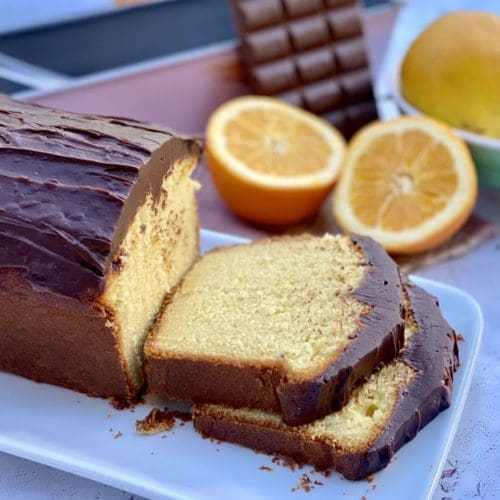
Chocolate Orange Cake
This Chocolate Orange Cake is magical and nostalgic. If you're a fan of 'Jaffas' you will love this cake and its gorgeous rich ganache
Ingredients
For the cake:
- 6 large eggs (at room temperature)
- ½ cup milk (at room temperature)
- 2 tbsp orange liqueur (or 1 tbsp of good quality orange extract) (NOTE 1)
- ½ cup fresh orange juice
- 2 tsp orange zest (NOTE 2)
- 2 tsp vanilla extract
- 2½ cup plain flour (extra for dusting) (NOTE 3)
- 2 tsp baking powder
- ½ tsp salt
- 1½ cup caster sugar (NOTE 4)
- 400 gm unsalted butter (softened, extra for greasing tin)
For the chocolate orange ganache:
- 200 gm dark chocolate (roughly chopped) (NOTE 5)
- 225 gm thickened cream (NOTE 6)
- 1 tsp orange zest (NOTE 2)
Instructions
- Preheat the oven to 190°C (370°F) or 170°C (340°F) for fan-forced ovens. Grease a 30x11x7cm (12x4x3in) loaf tin with melted butter, then dust with flour. Tap the tin upside down to remove the excess flour.
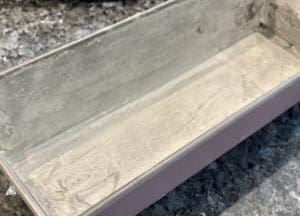
- For the egg mixture - In a bowl, lightly whisk together the egg, milk, liqueur, orange juice, orange zest and vanilla extract just until combined.
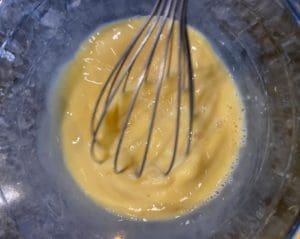
- For the flour mixture - Sift the flour, salt and baking powder into a stand mixer bowl, then add in the sugar. Whisk well to combine.
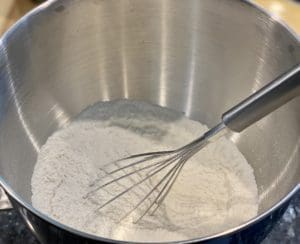
- Place HALF of the egg mixture and all of the butter into the flour mixture. Using the paddle attachment, beat the ingredients on low speed until combined, then increase the speed to medium-high and beat for 1 minute. Scrape down the sides and bottom of the bowl and pour in the remaining egg mixture and beat for another minute.
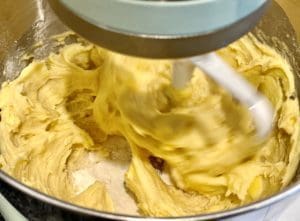
- Place the batter into the prepared tin and smooth the top using a spatula. Bake for 1 to 1.15 hours or until a skewer comes out clean when inserted in the middle. At around 45 minutes of the baking time, quickly open the oven and cover the tin with loose foil to help prevent the top of the cake from going too dark.
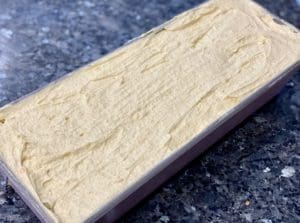
- Let the cake cool in its tin on top of a cooling rack for 30 minutes before turning the cake out. Leave the cake upright on the rack until it has cooled down completely.
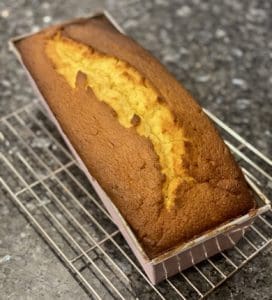
- For the chocolate orange ganache - Roughly chop the chocolate into little pieces and place it in a medium heatproof bowl. Mix the cream and orange zest in a small saucepan over medium-low heat, cook just until small bubbles appear, but don't let it boil. Pour the cream mixture over the chocolate and leave it untouched for a minute. Stir the chocolate mixture well to combine. It should come together and look glossy. Leave the ganache uncovered at room temperature for an hour. If it's still too thin, place it in the fridge at 15-minute intervals, stirring each time until you get the desired or spreadable consistency. Don't freeze it, as it may cause the ganache to seize.
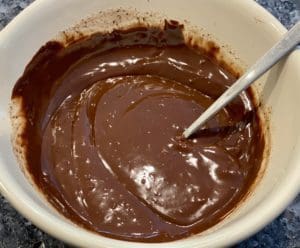
- Place the ganache over the cooled cake and use a spatula to spread it all over the top of the cake evenly.
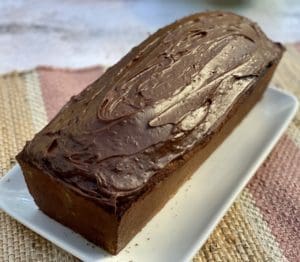
Notes
(NOTE 1) Orange liqueur - I used Cointreau, but any orange liqueur or good quality orange extract would work.
(NOTE 2) Orange zest - Use a microplane grater to grate the zest from the orange finely. You will only need the coloured part of the orange.
(NOTE 3) Plain flour (all-purpose flour) does not have any leavening or raising agents (baking powder) mixed into the flour.
(NOTE 4) Caster sugar (superfine sugar) - Caster sugar has finer granules than regular white sugar. However, it's not the same as icing/powdered sugar. Many baking or candy recipes call for caster sugar as it dissolves faster and better into mixtures. If you can't find caster sugar, you can make your own by placing regular sugar in a food processor or blender. Pulse the sugar a few times until it looks finer, but don't over-blitz to a powder consistency. Or, just use equal amounts of regular white sugar.
(NOTE 5) Dark chocolate - I prefer using cooking chocolate as they usually have a higher percentage of cocoa butter, which makes it easier to melt and work with. However, any dark or milk (eating) chocolate would work too. If using dark chocolate, avoid using the 70% cocoa because the ganache will end up bitter.
(NOTE 6) Thickened cream (whipping cream) has gelatine added to it and contains 35% milk fat. I don’t recommend using low-fat cream because the ganache will be too runny to work with.
Leftovers - Place cake in an airtight container at room temperature (if not humid) for up to 3 days. Unfrosted cake may be frozen for up to 3 months.
A Third-Party Application calculated the calories and nutritional information. Please use this as an approximate guide only.
Cooking measurements are in Australian standard spoon and cup measurements.
Nutrition
Serving: 1sliceCalories: 488kcalCarbohydrates: 42gProtein: 6gFat: 33gSaturated Fat: 20gPolyunsaturated Fat: 2gMonounsaturated Fat: 9gTrans Fat: 1gCholesterol: 141mgSodium: 165mgPotassium: 185mgFiber: 2gSugar: 24gVitamin A: 967IUVitamin C: 4mgCalcium: 78mgIron: 3mg